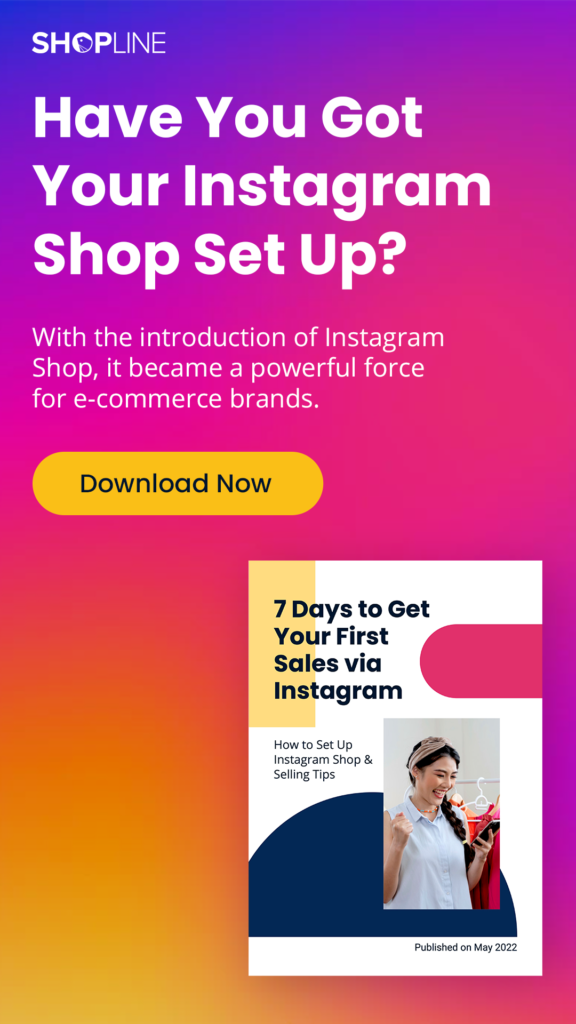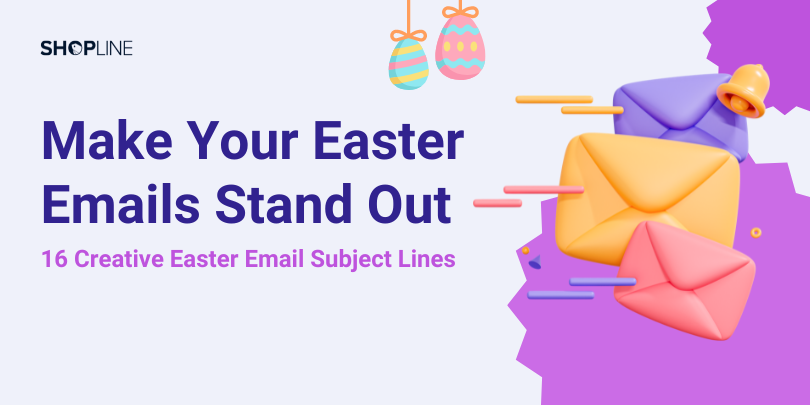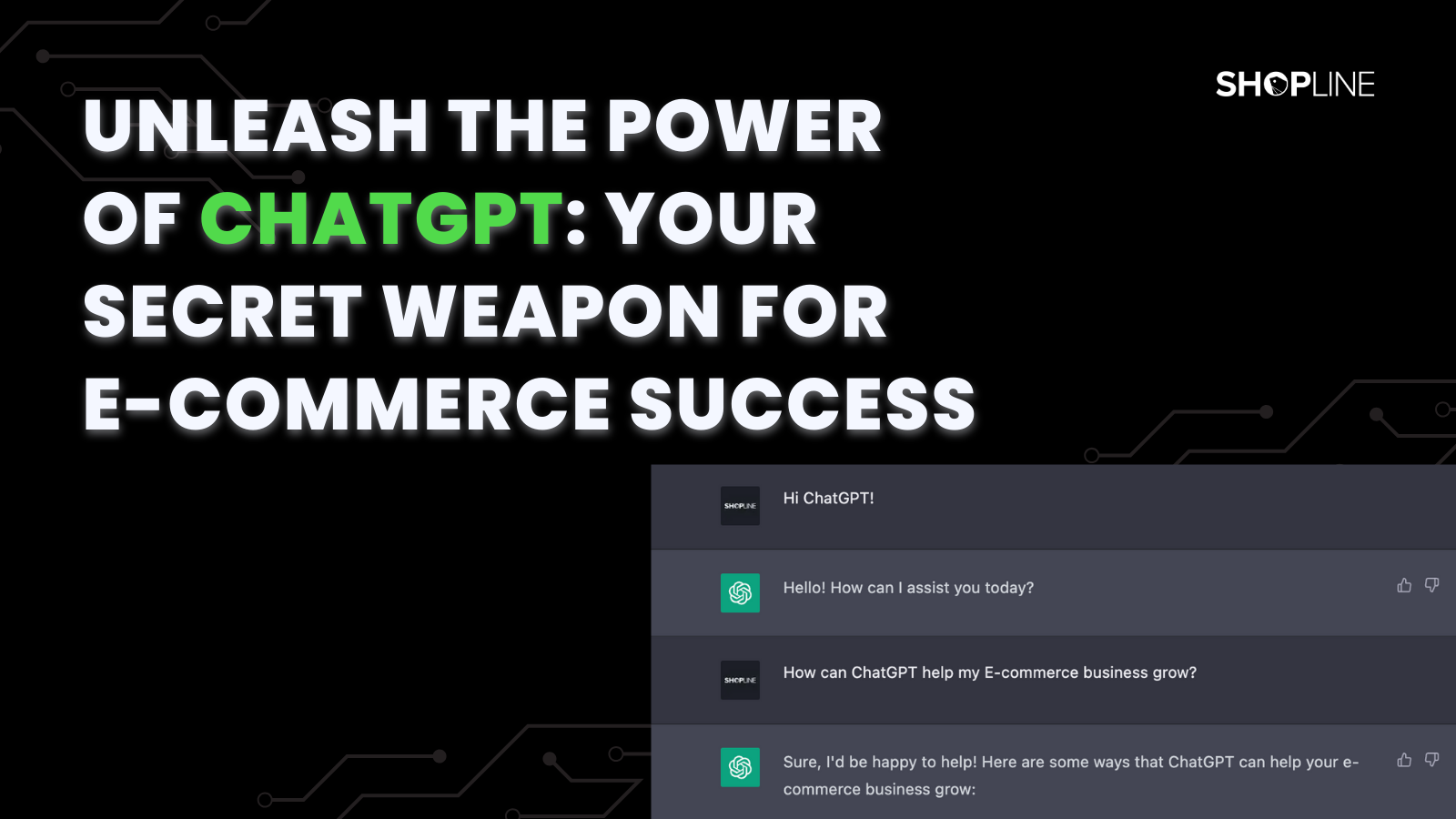Market trends and brand strategies mostly focus on the omni-channel strategy, and the pandemic has accelerated the need for such. Among them, the core of the omni-channel is to provide customers with a consistent and smooth consumer experience as the starting point with emphasis of CRM management in each channel. This raises anxiety for many stores as they begin to ask “What CRM actions can be done to increase customer retention?”
In fact, when it comes to improving customer retention and CRM goals, it is nothing more than to increase the number of customers. Therefore, the brand needs to lay out the lifetime from the customer’s first contact with the brand all the way, to the first purchase, and the start of the repurchase. When the customer is at a different stage of this spectrum, providing the corresponding service fully reflects the rewards of CRM management. The book “Growth Hacker” also puts forward the “customer-oriented” funnel model AARRR to achieve customer growth and this process is the method of CRM management.
Article Directory
- First, let us discuss what AARRR is.
- How to use SHOPLINE to assist in effectively conducting CRM management through AARRR?
- Summary
First, let us discuss what AARRR is.
First of all, the AARRR funnel model has five conversion phases, namely Acquisition, Activation, Retention, Revenue, and Referral. We will go through each step in detail.

Figure 1. AARRR five-step funnel model (An image from FourWeekMBA)
Acquisition:
Acquiring customers is the first step of this funnel model. It is mainly to allow your potential customers to “contact” your brand’s goods or services. In short, it is to allow customers to enter your online shop, increase traffic, increase customer growth and effectively, CRM operations.
The omni-channel strategy must consider online and offline customer acquisition planning. Online channels can acquire customers through common marketing methods such as SEO keywords and digital ads etc.. Similarly, offline stores can use flyers, Location Based Services (LBS) SMS ads, and physical ads, online promotions steering towards offline channels etc. to attract potential customers. The customer acquisition costs of different channels are also different, and brands ensure good budget control in order for good implementation.
The key goes back to acquiring new members so as to make the customers who contact the brand successfully progress to the next stage and to reduce the loss of customers in this link. Providing the benefits of becoming a member and attracting customers to establish another level of relationship with the brand are also the main purposes of the next link- Activation.
Activation:
Customer activation, as the name implies, is to let customers who come into contact with your brand complete the “behavior goals” you set, so that they can be activated from followers who interact with your brand in the long run. The most intuitive way is to turn customers into “members” of your brand. Since the purpose of omni-channel layout is to allow customers to have a consistent and smooth consumer experience across all channels, the brand’s online and offline CRM management are inevitably critical to this link.
The online consumer group can be grown through promotional member gifts, member discounts/perks, reduced complexity of membership registration (which also avoids potential customer loss during registration that may result). The offline consumer group can be offered special membership sign-up promotions after their first spend, or welcome gifts upon joining membership. Again, simplifying the process of becoming a member can serve to achieve a consistent experience between both online and offline consumer groups.
Retention:
Having successfully turned customers into members, the next problem encountered is how to make them willing to stay as your brand’s member. Now, raising customer retention is the focus of this link. If your brand lacks good products, the customer will not repurchase after buying. So your first task is to improve the quality and value of your product, and if your product is high-quality and solid, then you can retain customers through more CRM interactions.
In addition to social media interaction, you can also provide different incentive levels through membership tiers to encourage customers to upgrade and consume, so that members of different tiers enjoy exclusive benefits. Another method is to have a membership points exchange for gifts system to motivate customers to buy more and build a closer relationship with the brand.
Revenue:
Most integral to doing business is to increase revenue. When your brand has accumulated a certain number of members and continues to interact with members, then you can adopt some marketing strategies to expand your sales channels even further. The omni-channel layout takes into account the consumer experience across all channels. Therefore, if you expand into a brand new sales channel, the operating cost of this channel must be fully grasped in order to effectively increase revenue and maintain consumer experience. Thus, you improve the brand’s overall omni-channel planning.
After the online brand expands into the physical channel, the O2O integration will be required in order for the original online members to also enjoy membership perks at the physical store. Thus, aligning the consistency between online and offline consumer experiences. Only with a seamlessly integrated O2O system, can the brand effectively expand through multiple channels and grow profit.
Referral:
It is mentioned in the book “Brand Intimacy” that when customers become your loyal followers, they will not only be less price-sensitive to the brand and willing to spend more money on your products, but will also become your brand promoters.
Social media has become a popular referral platform for these customers. Potential customers can enter your funnel model through positive brand reputation, and continue the AARRR cycle. The brand must reduce the loss of customers in each step, increase the conversion rate, continually grow brand members to build brand loyalty, and ultimately, achieve brand expansion.
At this stage, online shops can also offer “super loyal” members or KOL referral codes, to share your brand with their own social circles, extending your brand’s reach to more potential customers. Like the Franklin effect previously described, those who helped you are more willing to help you again than those you helped, and involving members to participate in your brand promotion also indirectly retains these loyal members to grow together with your brand.
How to use SHOPLINE to assist in effectively conducting CRM management through AARRR?
After understanding AARRR’s funnel model, trust that you have realized by now, the key that is CRM management” mentioned at the beginning of the article. Only by maintaining good customer relationships can the brand gain a firm foothold in the omni-channel layout, and it is also a compulsory course for brand management during these pandemic times.
Whether a brand has a physical store, a website, a shopping platform or not, having a website for your brand is still crucial in collecting a customer list, information on customer trends and profile. Taking SHOPLINE as an example, a complete “customer management system” and various “member exclusive activities” is provided on the website. Namely, members of different tiers can see different product prices, member purchase credits, and the latest “Member Points + Member Points Redemption Gifts” offers; all of which can be perfectly matched with the above-mentioned AARRR model to enhance your customer adhesion.
We will use two different scenarios, along with the SHOPLINE’s CRM management system and the “member points” function to explore applications of the AARRR model. Let’s take a look!
Proposal 1. How can pure e-commerce brands rely on points to garner member interaction?
Generally speaking, e-commerce is not unfamiliar with gift credit. Let’s look at SHOPLINE, we offer new membership shop credit, shop credit with spend level, birthday shop credit etc., and such a shop credit model is equivalent to gifting money to customers in hopes of increasing their willingness to place orders through these credit discounts. Usually, shop credit is targeted towards first-time customers. Once they sign up to join as a member, they can get the shop credit /discount to make their first purchase. Therefore, from the perspective of the AARRR model, the shop credit system leans more towards the Acquisition-Activation phases.
For brands that have already achieved a small level of recognition, the Activation- Retention phases will be the crucial phase links in the differentiation between members from general customers. In addition to the shop credit system mentioned above, which can be used to stimulate members to purchase or repurchase for the first time, SHOPLINE’s recently launched “Member Points for Gifts” can quickly serve this purpose in customer differentiation for brands.
When the member places an order and the order has been delivered, they receive member points that can be accumulated to redeem gifts. At this point, if your members have not returned to the store often to spend, the gift redemption method is useful in attracting more members to shop from the online shop. It can also increase their possibility of them adding other products to shopping cart while they use member points to redeem gifts. Allocating the less popular products, new products, etc. can be used as gifts for redemption, by way of reducing inventory pressure and testing the market response of new products!

Figure 2. Bonny & Read member points usage scenario
Proposal 2. How can physical stores grow O2O members and create a virtual reality shopping model?
If you want physical customers to go online and online customers to visit physical stores, with everyone experiencing a consistent process regardless of the shopping channel the customers are in, then O2O CRM will need to come into play. It will inevitably require some effort and planning the integration of member data between these channels will be key.
For example: While physical in-store shoppers are spending, SHOPLINE’s Kiosk quick customer info gathering tool can be used to enter their mobile phone numbers through the iPad, and they can also quickly sign up to become members of the online website. To eventually be able to enjoy member points rewards, they can accumulate both their in-store and online spend value directly in their member account. This seamlessly achieves a member points reward strategy that brand members can enjoy across all channels, and respond to gift incentives to actively maintain brand interaction with customers.

Figure 3. Integration of O2O member record, to accumulate points offline and online, providing the same consumption experience
Summary
After reading the above introduction and proposals, do you have a certain understanding of CRM applications and membership reward points as a function? If you are a SHOPLINE shop owner, it is highly recommended that you try to adopt these features to improve customer adhesion. If you are still looking around for an e-commerce platform with a complete CRM management system, you are welcome to try SHOPLINE. If you decide to take on an omni-channel layout, you can also consider upgrading to the O2O function, so that your brand’s followers can enjoy a consistent service quality from your brand wherever they are.





